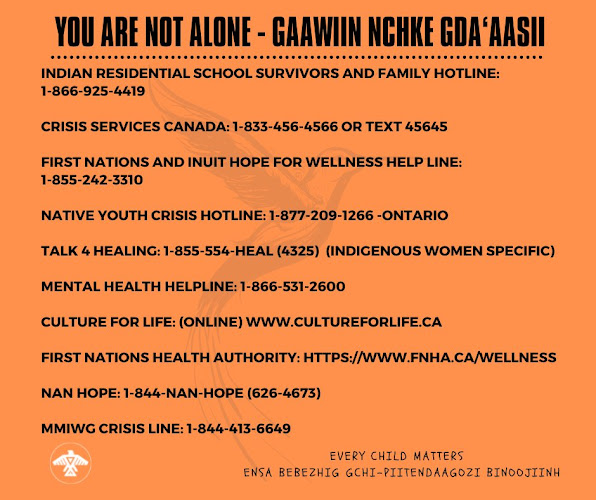What is disruption?
The term disruption is
used to describe an adoption process that ends after the child is placed in an
adoptive home and before the adoption is legally finalized, resulting in the child’s return
to (or entry into) foster care or placement with new adoptive parents.
What is dissolution?
The term dissolution is
generally used to describe an adoption in which the legal relationship between
the adoptive parents and adoptive child is severed, either voluntarily or
involuntarily, after the adoption is legally finalized. This results in the child’s
return to (or entry into) foster care or placement with new adoptive parents.
The following are some of the primary factors that have been shown
to be associated with higher risk of disruption:
Child Factors
Older age
Presence of emotional and behavioral issues
Strong attachment to the birth mother
Being a victim of preadoptive child sexual abuse
Presence of emotional and behavioral issues
Strong attachment to the birth mother
Being a victim of preadoptive child sexual abuse
Adoptive Family Factors
Being a new or matched parent rather than the child’s foster
parent
Lack of social support, particularly from relatives
Unrealistic expectations
Adoptive mothers with more education
Lack of social support, particularly from relatives
Unrealistic expectations
Adoptive mothers with more education
Agency Factors
Inadequate or insufficient information on the child and his
or her history
Inadequate parental preparation, training, and support
Staff discontinuities (i.e., different workers responsible for preparing the child and family)
Having more caseworkers involved with the case
Not having sufficient services provided
Inadequate parental preparation, training, and support
Staff discontinuities (i.e., different workers responsible for preparing the child and family)
Having more caseworkers involved with the case
Not having sufficient services provided
Additionally,
a study by Smith et al. (2006) provides indepth, recent data about risk and
protective factors for disruptions among children adopted from the Illinois
public child welfare system, including:
Child Factors
White children had lower disruption rates than African-
American children.
When two or three siblings were placed together, they had a
higher risk of disruption; when four or more siblings were placed together,
they had a lower risk of disruption.
Children who had experienced sexual or emotional abuse had
the highest rates of disruption.
Children with physical disabilities and emotional or
behavioral problems had a higher risk for disruption.
Each additional year of age increased the likelihood of
disruption by 6 percent.
Children who entered the child welfare system due to lack of
supervision or environmental neglect were more likely to experience adoption
disruption.
The longer time children spent in out-of-home care, the less
likely were their chances for disruption.
If children spent time in a residential or group home while
in out-of-home care, they were less likely to experience a later disruption.
Family Factors
Children placed with relatives had a lower risk of
disruption.
Agency Factors
Children placed through private agencies were less likely to
experience a disruption.
Children who had been placed in residential or group care
were at lower risk for disruption.
The chance of disruption decreased for every year of
experience held by the case manager for the first adoption.























No comments:
Post a Comment
Please: Share your reaction, your thoughts, and your opinions. Be passionate, be unapologetic. Offensive remarks will not be published. We are getting more and more spam. Comments will be monitored.
Use the comment form at the bottom of this website which is private and sent direct to Trace.